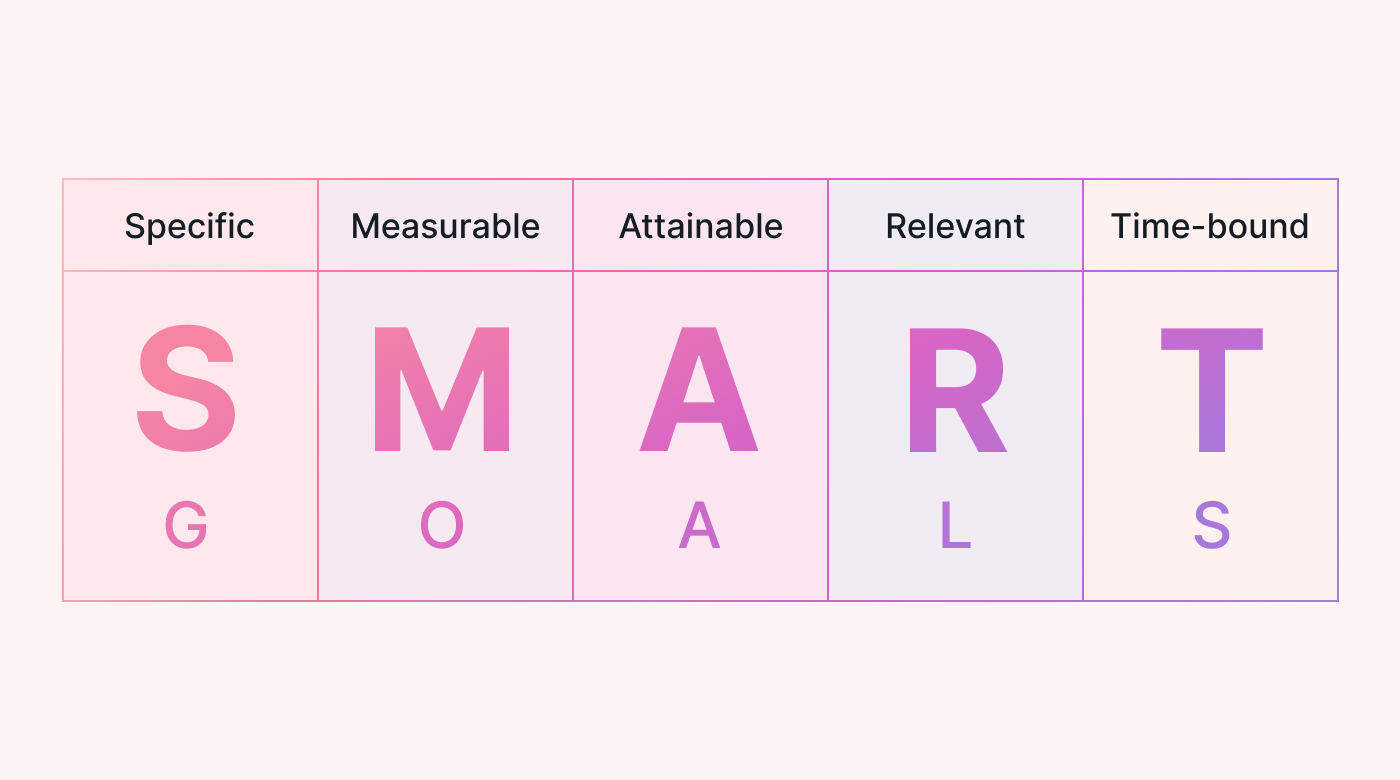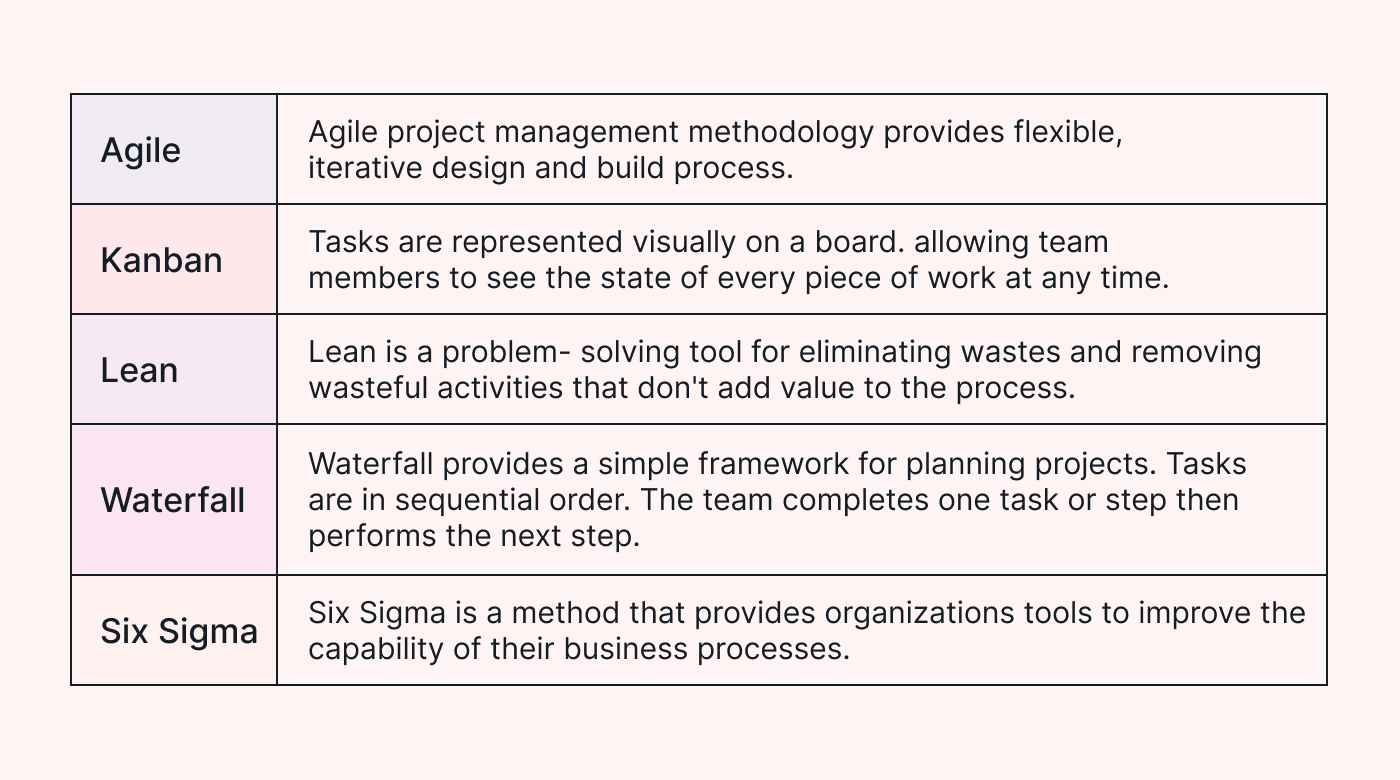Most project managers will tell you that running a project isn't easy. Ensuring it stays on track and true to the desired objectives within the set timelines and project budgets can be an uphill battle.
With no plan to keep a project on course, a project can easily veer off track. This is often the case with complex projects with multiple moving parts.
Project managers ensure their projects stay on course with the right plan, tools, and tips.
In this article, we'll cover some ways to efficiently track project progress and give you some tips to ensure that your future projects are successful.
Why do you need to track project progress?
A recent survey indicates that 54% of people working in project teams don't have access to real-time project KPIs, with one-third spending one or more days collecting manual project reports.
The best way around this? Track the progress of your projects from the get-go through the entire project lifecycle. Ideally, you do this based on the project objective(s), key performance indicators (KPIs), and project milestones.
Some of the benefits of tracking project progress include;
- Informed decision-making based on the latest, up-to-date information available.
- Allows teams to be flexible and respond to changes "mid-flight."
- Fosters a culture of accountability and responsibility
- Allows for analysis of past performance to serve as a basis for future improvement
- Continuous recognition of progress boosts motivation and team morale
For example, let's say the Gloot creative agency is creating and running a social media campaign for a local restaurant with a lot of moving parts (including Google, Facebook and Instagram posts). The goal is to increase restaurant revenue by 25%. As Motiv iterates through different versions of posts, it tracks their performance daily. Motiv does this so they can pivot quickly and show the client progress.
It's important to note that for project progress tracking to be effective (and "stick"), it should be done on a frequent, regular cadence. Even better if the entire process, including disseminating progress reporting, is done automatically.
How to track project progress in 5 easy steps
Here are the steps to stay on top of your project progress.
Define clear project objectives and goals
You can only track what's defined. The first step to tracking progress is to outline the project objectives.
 |
When you start a project, set clear objectives. This will set the guardrails for the project scope and paint the goal line. Next, break the objective into smaller goals that can be actioned and tracked.
For instance, Gloot's marketing objective is to increase revenues by 25% through digital marketing channels in 12 months. This is further broken down into smaller goals like:
- Grow social media following by 50% on Meta, Instagram, LinkedIn, and X.
- Improve conversion rates on campaigns by 3%.
- Audit all landing pages to ensure they support all digital efforts.
- Clean up the entire digital marketing analytics ecosystem to ensure optimal tracking.
This will set a proper foundation for effective project tracking.
Break down project goals into actionable tasks
Next, you need to break down the goals into smaller, specific tasks that the team can execute. Ensure they're actionable, but without losing sight of how they'll help you achieve the primary goal (and note any dependencies).
For the Gloot team, the tasks will be:
- Post organic content on all social platforms daily to help grow the follower base.
- Move from traffic to conversion campaigns, and optimize them to achieve 6% conversion rates.
- Audit all landing pages to identify their shortcomings.
- Fix the necessary landing pages.
Set up key performance indicators (KPIs)
Once the goals have been set, formulate clear, specific KPIs that you'll use to measure progress against your objectives. The KPIs should be quantifiable and attainable.
Gloot's KPIs could be:
- Gain 500k followers on Meta, 300k on IG, 400k on LinkedIn, and 200k on X.
- Make sure campaigns have at least a 6% conversion rate.
- Make sure landing pages have an optimization score of 90% and above.
Lay out everything over time
With your project goals, KPIs, and tasks on hand, you now need to lay out everything over a realistic timeline so that you can track progress.
You'll have to estimate task durations. Even better, if you're not doing the work, ask the people who are. Also, make sure to sequence the tasks based on dependencies.
Add milestones (think signs on a hiking trail) to the timeline to measure progress on the KPIs. This will help you track progress and boost team morale.
Analyze and adjust
The goal of tracking project progress isn't just to tick a box. It's to optimize project delivery based on what's been done, what's left to do, and feedback.
Compare your progress against what was planned to gauge if you are on the right track. Watch out for any trends in the data and try to learn from them as you continue through the project life cycle.
To do this, you must first collect valuable insights (with data). For instance, for Gloot the project manager could:
- Record the follower base weekly and analyze how the numbers are growing.
- Run conversion campaigns and track the conversion rates while optimizing to ensure they get to 6%.
- Regularly check the landing page optimization score while fixing the shortcomings to ensure they're optimal.
From this data, the project manager might see a sharp rise in conversions on X vs. Meta. It makes sense, then, to pivot and invest more budget dollars in the X campaign to boost revenues.
While it's recommended to stick with a plan, stay alert to changing circumstances, and adjust when necessary.
Tips for tracking and managing project progress
Now that you know how to track projects, here are some pro tips for managing project progress.
Use a project management framework
The project management framework you choose can set you up for success or failure.
 |
Project management frameworks generally fall under three categories: Waterfall, Agile, and Hybrid (a mix of Agile and Waterfall). The framework you use depends on the project, your experience, and the team, but Agile has grown exponentially over the last decade.
Agile methodology, which involves doing work in short bursts called sprints, is well-suited for projects with many changes throughout the project lifecycle. Perfect for creative projects like what Gloot does.
Proactively identify and manage risks.
As the adage goes, risk management is how grown-ups manage projects.
Risks are (usually) bad things that can derail your project. For Gloot, risks can run the gamut from resource turnover to cyber attacks that take over the entire technology infrastructure.
It's better to prepare for risks than to hope for the best.
It's tough to predict all possible risks, but you should to a risk assessment to identify as many potential risks as possible upfront and then map out mitigation plans for them. In project speak, this is called risk management.
Then, regularly revisit, update, and adjust your risk management plan.
Update your stakeholders (frequently)
In London's metro stations, warnings are stenciled near the track where the trains stop that read, "Mind the gap." In projects, you always want to mind your stakeholders.
To do so, create a communication plan where you define how you want to communicate project updates, call out for support, and report on progress (regularly) in a structured way. It could be via a communication tool, in meetings, or a document, but find the one that suits the target audience.
 |
A time-tested format for updating stakeholders is the project status report. It's the perfect project diagnostic tool that gives a sense of the project's actual progress and keeps all stakeholders on the same page.
Use project management tools
Project progress tracking is a lot easier with project management software. These apps can help you automate most manual task tracking and intuitively visualize project progress.
The project manager for Gloot simply builds out the project plan in a project management app, assigns the tasks, and the app's dashboard will show progress in real-time, 24/7.
Track your project progress with ease
Motion is an excellent option for managing and keeping your project on track.
The project manager module can automatically break down all the tasks and assign them to individual team members based on priority and preferences.
Motion creates project timelines and bespoke project schedules for every team member with deadlines to help identify what's on track (and what's not).
With this detailed information and built-in project views, you can quickly see where your project stands and update the entire team, the project sponsor, and stakeholders on the project's progress.
Try Motion for free and stay on top of your project tasks.





